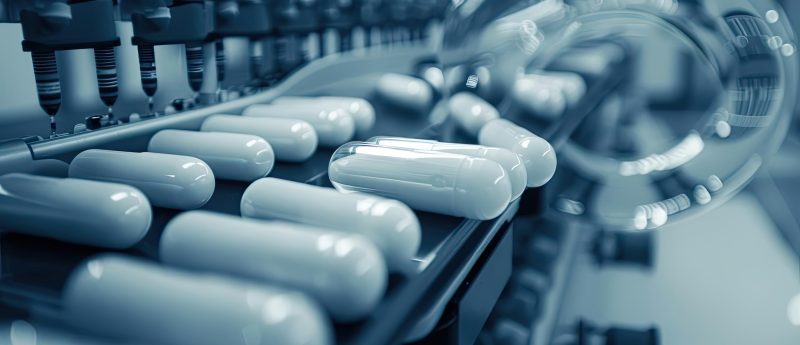8th WRIB poster award winner interview with the Covance Team

The 8th Workshop on Recent Innovations in Bioanalysis (WRIB) drew close to 500 professionals representing large pharmas, biotechs, CROs and multiple regulatory agencies from around the world, working on both small and large molecule bioanalysis. This year, Bioanalysis was proud to support the first WRIB Poster Award. Posters were judged by an expert panel at the conference and prizes were awarded for the best poster in the fields of ligand-binding assays and LC-MS. Here we present one of the winning posters, along with a short interview with the Covance Team behind the poster.
Click click here to view the winning poster: ‘Quantitation of 4-beta-hydroxycholesterol in human plasma using a dual stable-label LC-MS/MS approach’
Interview with the Covance Team
Note – This poster was a joint effort from Covance groups in the US and UK.
The Alnwick team of Stu and Barbara both joined the Covance family after many years working in Research and Development for one of world’s largest pharmaceutical companies. Barbara is a senior bioanalyst with over 30 years experience in the industry, primarily as a Study Director, but also a talented and insightful method development and production bioanalyst. Stu is the head of the bioanalytical group at Alnwick, with over 25 years experience in the industry; a member of the Covance global bioanalytical leadership team, Covance representative on the European Bioanalytical Forum (EBF) and harmonization team lead (Team S3) for the Global Bioanalytical Consortium (GBC).
The Madison team of Matt, Aaron, Yao, Christopher, and James have a wide range of experience both in Covance and the industry. Matt is a study director with over 11 years of experience in bioanalytical production, validation, and method development. Aaron and Yao are senior bioanalysts with backgrounds in mass spectrometry and a focus method development. Christopher and James are bioanalysts that focus on method validation with a wide range of experience. We interviewed the group about their the work highlighted in their winning poster and what’s next.
How does it feel to win the 8th WRIB Poster Prize?
It was a great honor that our work has been recognized by our peers and even more so, as this was a result of collaborative research and development between colleagues in the UK and US.
How did you carry out the work highlighted in this poster?
We immediately identified that there was a commercial need for the assay to support drug development for many clients. However, with the earlier published assays either requiring non-standard MS ionization sources or complex and potentially toxic derivatization agents, we saw an opportunity to be creative. We decided to try the surrogate analyte approach as an elegant way to overcome the inherent problems of using surrogate matrices. Fortunately, the Alnwick facility in the UK has a team of talented synthetic organic chemists who were able to make both the analyte (D4) and internal standard (D7) stable labels at high chemical and isotopic purity. Once we had the stable labels, there was still a lot of method development required to overcome the inherent stability issues and ensure good selectivity, linearity, accuracy and precision, prior to assay validation. The final step involved transferring and cross validating between the Covance laboratories in Alnwick and Madison so that we could offer the assay to both European and North American clients.
What were the key conclusions from this research?
This work has shown the positive benefits of using a surrogate analyte approach for endogenous biomarker assays. However, we did note that full characterization of both the chemical and isotopic purity of the material is essential so that the appropriate correction factors can be applied consistently. Also although the surrogate analyte can be used to adequately characterize the assay, unlabelled endogenous material is also required for the validation and for QC samples when the assay is moved into a production arena. The work also demonstrated that assays developed on different LC-MS platforms and countries (Thermo Vantage in UK vs. Sciex API5000 in US) could be transferred and cross validated, but that comprehensive method documentation and frequent dialogue between the bioanalysts was essential in that process.
What are you looking forward to working on over the next year?
The next year offers many different opportunities, including ongoing investigations into novel LC-MS approaches for quantification of antibody–drug conjugates, biotherapeutics and protein biomarkers using immunoaffinity capture or immobilized trypsin digestion coupled to triple quadrupole, TOF or ion trap mass spectrometry detection.





